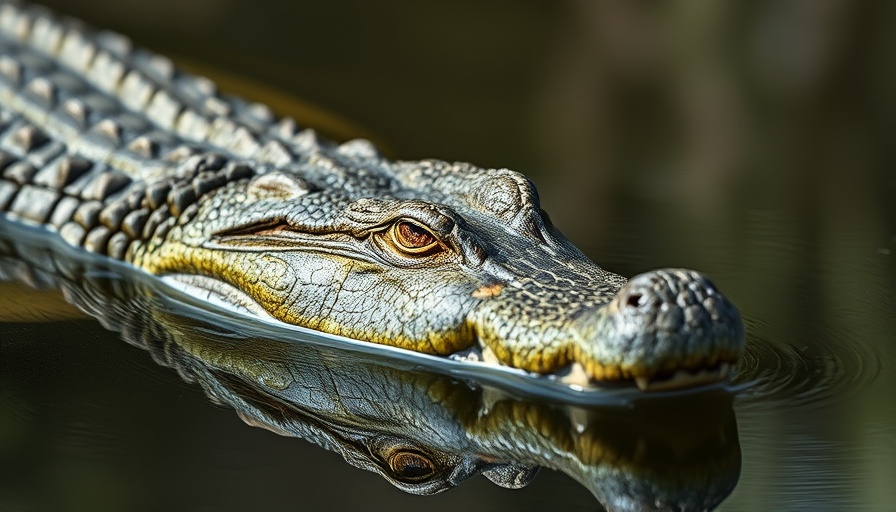
A Trend That Raises Eyebrows: Baby Lion Cuddles in Restaurants
In a surprising yet concerning development, a restaurant in Taiyuan, Shanxi province, China, has come under fire for including an unusual offering on its menu: baby lion cuddles. Priced at 1,192 yuan ($166/£124) for a four-course meal that also involves playtime with animals, this initiative has drawn the ire of animal welfare advocates and sparked widespread outrage across social media platforms.
Public Response and Backlash
This peculiar trend, which involves cuddling baby lions, has not gone unnoticed. While certain social media influencers flaunt their exotic experiences, the general public sentiment has shifted toward disapproval. Many comments on Weibo highlight concerns about safety, with one user stating, "They’re putting profit above consumer safety – it’s way too dangerous." The situation has escalated to an investigation by the Shanxi forestry and grasslands bureau, emphasizing that such close human-animal contact is, in fact, prohibited.
Animal Welfare Concerns
Experts are weighing in on the implications of this restaurant’s practice. Peter Li, a China policy expert for Humane World for Animals, fiercely criticized the establishment, stating, "Exploiting wild animals for selfies and marketing gimmicks is not only appallingly bad animal welfare, it’s also potentially risky for customers." This aligns with broader global concerns regarding the treatment of wildlife, particularly in facilities where they are commodified for entertainment.
The Bigger Picture: Wildlife Decline and Human-Animal Interaction
This incident is part of a troubling pattern regarding human interactions with wildlife. A report notes a staggering 73% decline in vertebrate wildlife populations over the last 50 years, driven primarily by human activities such as habitat loss, pollution, and climate change. Engaging with exotic animals poses not just ethical and animal welfare dilemmas but also risks fostering zoonotic diseases, a fact underscored by health experts.
Looking Ahead: A Call for Responsible Practices
The troubling nature of such practices invites a critical examination of how we view and treat wildlife. Restaurants like Wanhui should consider their role in promoting respectful and sustainable interactions with animals. While the allure of exotic experiences is strong, the long-term health of wildlife—and, importantly, public safety—depends on responsible practices that prioritize the well-being of all creatures.
With an increasing number of wildlife exploitation incidents reported across China, this case serves as a wake-up call for consumers, legislators, and animal welfare organizations alike. Advocating for ethical standards and sustainable practices is essential not just within the restaurant industry, but in all sectors that intersect with wildlife.
Conclusion
The practice of cuddling baby lions in restaurants raises serious ethical questions about human-animal interactions. As patrons of such establishments, it is crucial that we advocate for better treatment of wildlife and promote practices that reflect a commitment to their welfare. Let's voice our concerns, support animal-friendly initiatives, and foster a community that values the well-being of all living creatures.
 Add Row
Add Row  Add
Add 




Write A Comment